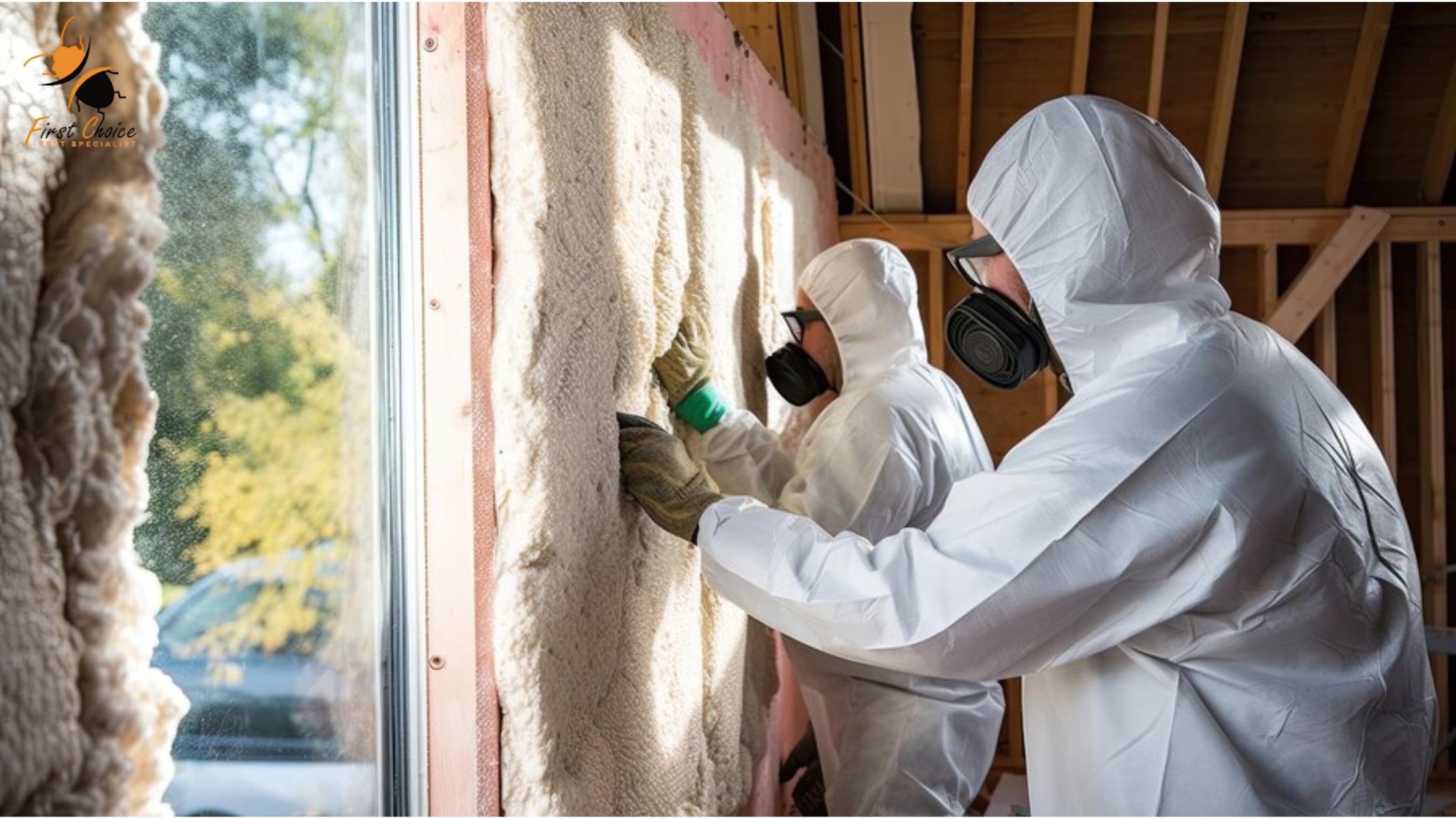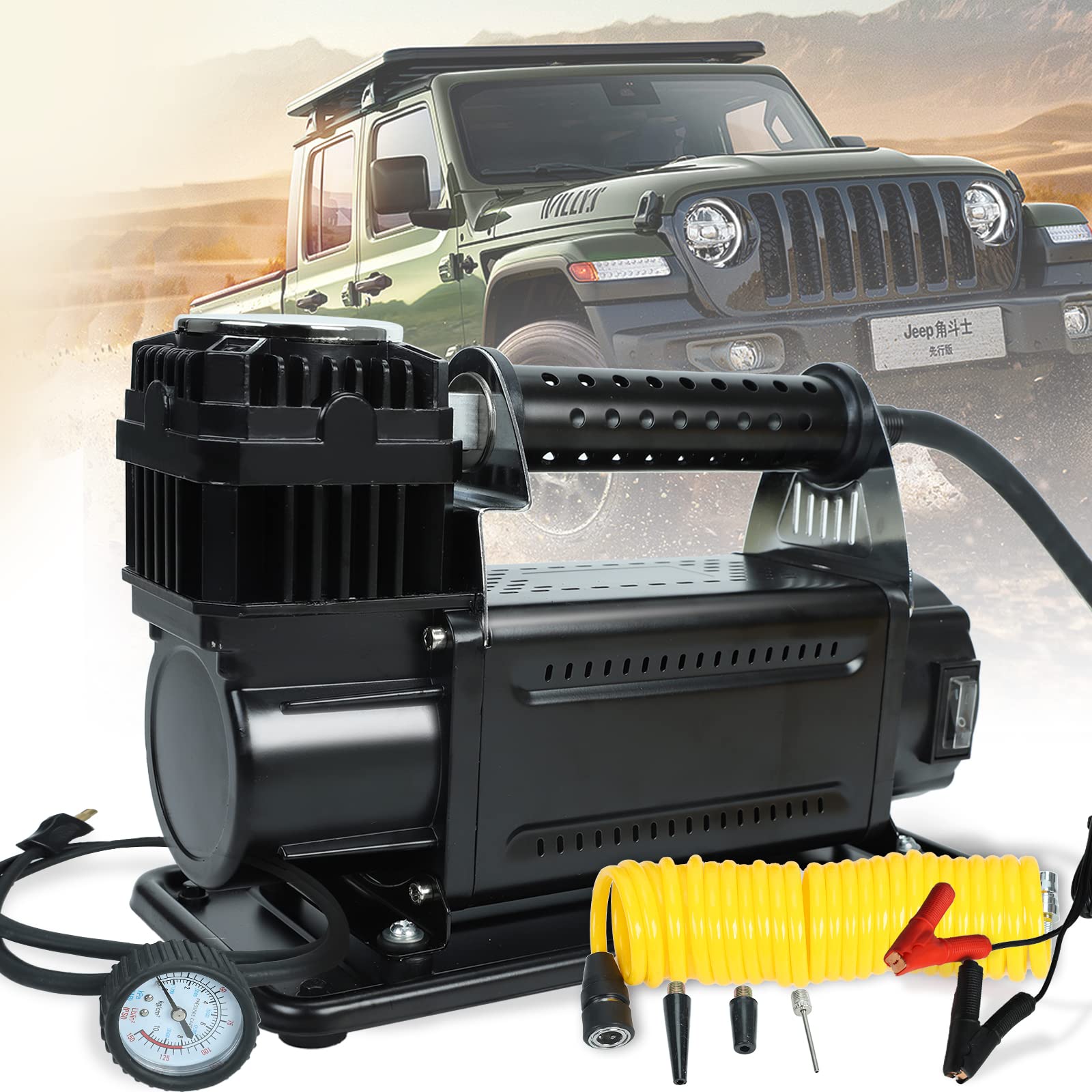An In-Depth Look at The World of Battery Contact Spring Manufacturing

Inserting a battery in a TV remote or a toy is a task that every one of us has done, but did you know that if the spring were slightly misaligned or deformed, then the remote or gadget would never operate? Manufacturing a small spring to specifications becomes essential for a functional battery-operated gadget. This blog delves into battery spring contact production and their critical role in battery operation.
What is Battery Springs?
Contact springs, also known as battery springs, play a vital role in circuits by securely connecting battery terminals to the device they power. These springs compress and establish contact between the battery and device upon insertion. Hence, it becomes possible for the electrical current to flow from the battery to the device. Battery springs are mainly found in devices that run on replaceable batteries.
The battery springs have two functions. One is to fix the battery, and the second is to help conduct electric current from the battery to the circuit. For commercial settings, batteries are a vital source of power for equipment and machines. Any fault in the battery spring would mean an increase in downtime of the machine, and this will lead to losses in profitability. Having top-quality battery springs would maximize productivity and also keep the batteries functioning at the optimum levels. Without reliable spring contacts, batteries will not attach properly, so you can see that a simple contact spring plays a vital role in a manufacturing facility.
Battery Spring Material: The Key to a Lasting Connection
Stainless Steel
When it comes to battery connectivity, a battery spring made from stainless steel ensures a reliable connection. Stainless steel is made from a combination of steel and nickel. A coating of nickel on metal contacts is ideal as there is no possibility of galvanic corrosion, and nickel-coated metals are resistant to moisture. Nickel coating does not affect electrical conductivity and is quite durable, so battery connectivity will stay reliable for a long time to come.
Silver Coated Beryllium Copper
Beryllium Copper is another fantastic alternative that is even more tough and durable than stainless steel. It is one of the hardest and most corrosion-resistant of all copper alloys. The silver coating improves electrical conductivity. Moreover, the high composition of copper in the material means that the conductivity would be even greater than that of stainless steel. Such high conductivity is essential for equipment in the aerospace and defense industries.
Although these two metal compositions are the most widely used for manufacturing battery springs, there are other metal compositions made by different metal platings and plating techniques, such as,
- Tin plating
- Gold plating
- Dip Plating
Manufacture of Battery Contact Springs
Battery Spring manufacturing is a rigorous process that needs to adhere to quality standards. A typical battery spring manufacturer usually does this by streamlining the process from prototype to production by harnessing state-of-the-art technologies and methodologies. A dedicated team of in-house engineers and designers relieves customers of the heavy lifting. Crafting the ideal battery contact spring for your machine or device involves using a combination of four-slide, multi-slide, power press, and hydraulic presses.
After approval, the engineering prototypes seamlessly integrate into the short-run department, resulting in cost savings and expedited deliveries for clients. The products undergo meticulous crafting, quality emphasis, and continuous computerized monitoring to minimize mechanical failures in our springs. The primary objective of this stringent procedure is to transform ordinary batteries into high-quality power sources, thereby enhancing operational efficiency.
Read more blogs on orphanspeople.com



